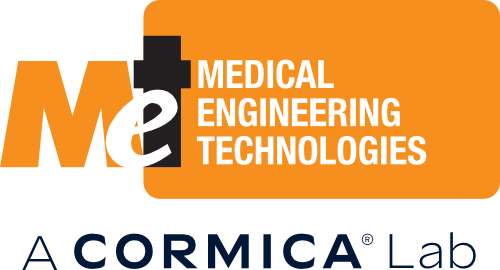Medical devices require varying degrees of biological safety testing, according to their classification and use. The main source of guidance on the essential requirements for biological safety is ISO 10993 - Biological evaluation of medical devices. This standard defines devices in terms of their invasiveness and the duration of patient contact. It subsequently determines which toxicity end-points should be considered in the risk assessment.
There are several processes to complete prior to putting a product on the market.
- Draw up a Biological Evaluation Plan (BEP).
- Consider the device application and required toxicological end points
- Review all known data and identify any gaps that require further investigation or testing.
- Plan and conduct any testing required to satisfy gaps identified.
- Use data from chemical and bio testing along with information from the BEP to carry out a Toxicological Risk Assessment (TRA).
- Combine the gathered to complete the Biological Evaluation Report (BER).
- Submit files to your regulator.
Recent modifications to the requirements have resulted in chemical characterisation combined with risk analysis becoming the primary method of establishing the biological risk profile of medical devices. Read more about ISO 10993 part 18 testing at MET here.
The emphasis should be on carrying out testing only when essential and to use chemical/material characterisation in preference to biological studies. After providing the initial product and component risk analysis MET’s service provides the BEP and proposes a test programme. We will restrict testing to cytotoxicty and materials chemical analysis whenever possible. Our extractables and leachables service is offered at five different levels of intensity, with a selection being made depending upon the device application. Finally, a Toxicological Risk Analysis gives complete confidence in the product.
Check your requirements on the medical device biocompatibility matrix. This guide details the studies to be used if you cannot demonstrate your products safety though risk analysis and/or chemical testing.

Components of ISO 10993 relevant to medical device manufacturers and available from MET include:
- ISO 10993-1: Part 1: Evaluation and testing.
- ISO 10993-3: Part 3: Tests for genotoxicity, carcinogenicity and reproductive toxicity.
- ISO 10993-4: Part 4: Selection of tests for interactions with blood.
- ISO 10993-5: Part 5: Tests for in vitro cytotoxicity.
- ISO 10993-6: Part 6: Tests for local effects after implantation.
- ISO 10993-9: Part 9: Framework for identification and quantification of potential degradation products.
- ISO 10993-10: Part 10: Tests for skin sensitisation
- ISO 10993-11: Part 11: Tests for systemic toxicity.
- ISO 10993-13: Part 13: Identification and quantification of degradation products from polymeric medical devices.
- ISO 10993-14: Part 14: Identification and quantification of degradation products from ceramics.
- ISO 10993-15: Part 15: Identification and quantification of degradation products from metals and alloys.
- ISO 10993-16: Part 16: Toxicokinetic study design for degradation products and leachables.
- ISO 10993-17: Part 17: Establishment of allowable limits for leachable substances.
- ISO 10993-18: Part 18: Chemical characterization of materials.
- ISO/TS 10993-19: Part 19: Physico-chemical, morphological and topographical characterization of materials.
- ISO/TS 10993-20: Part 20: Principles and methods for immunotoxicology testing of medical devices.
- ISO 10993-23: Part 23: Tests for irritation.


